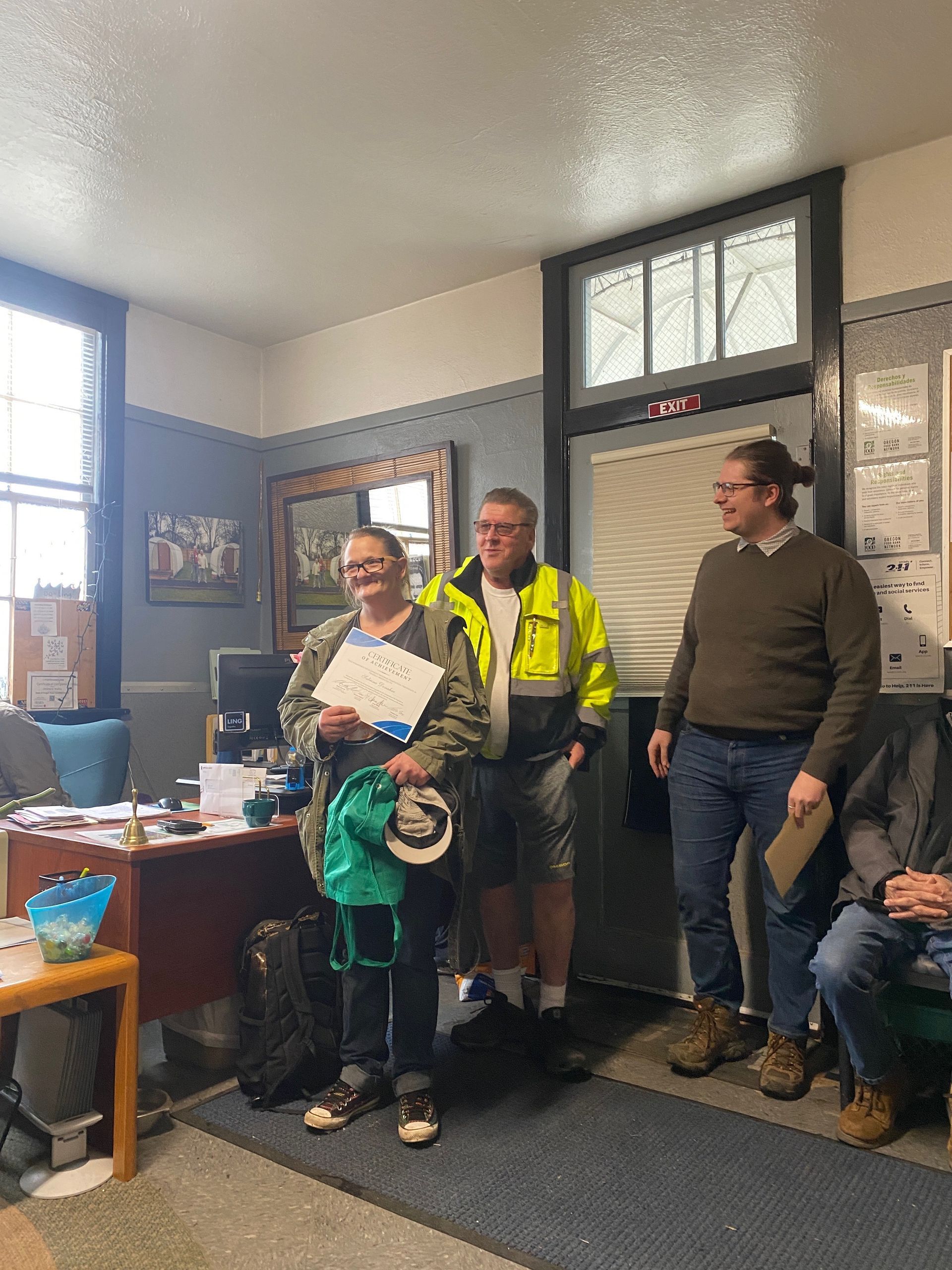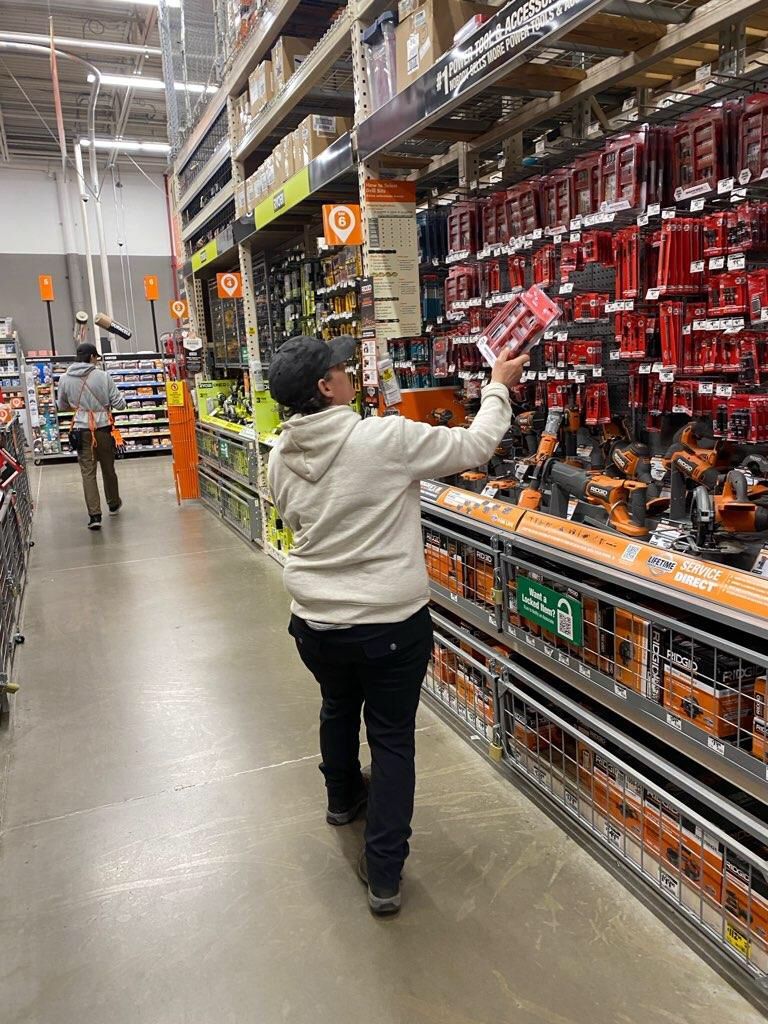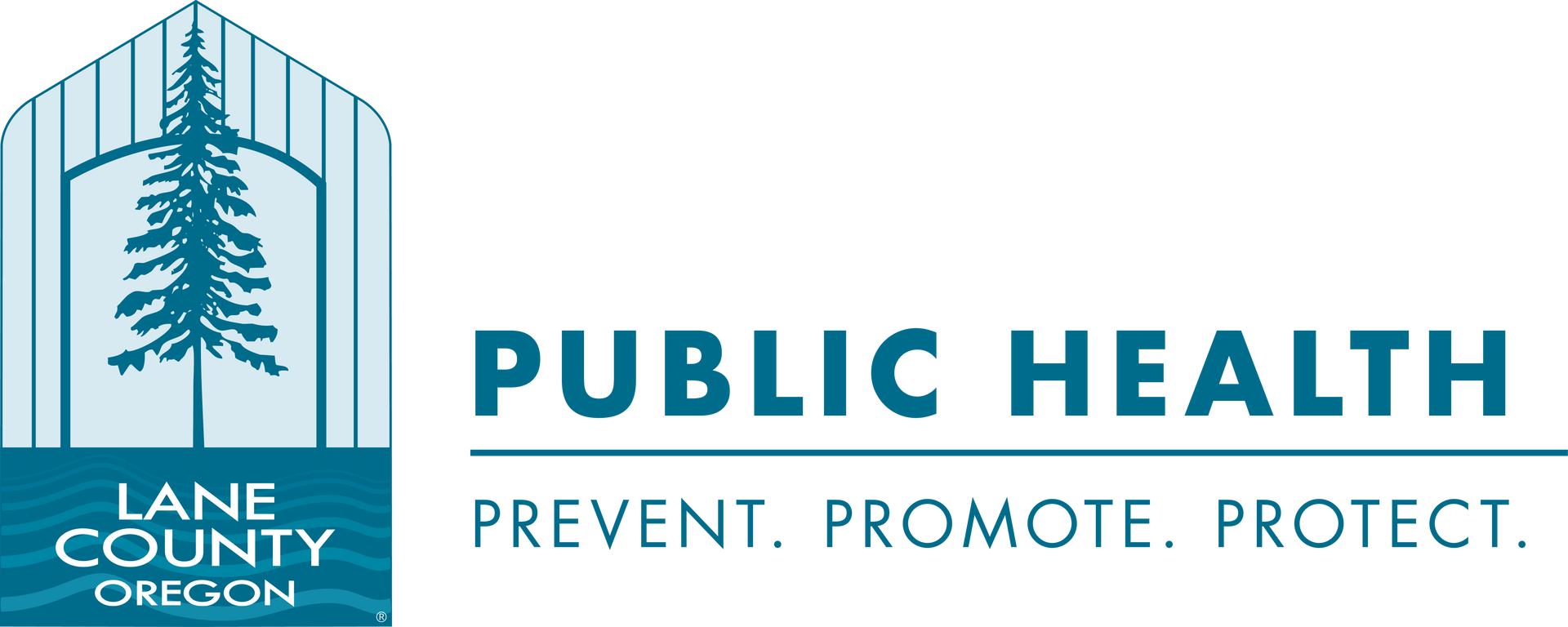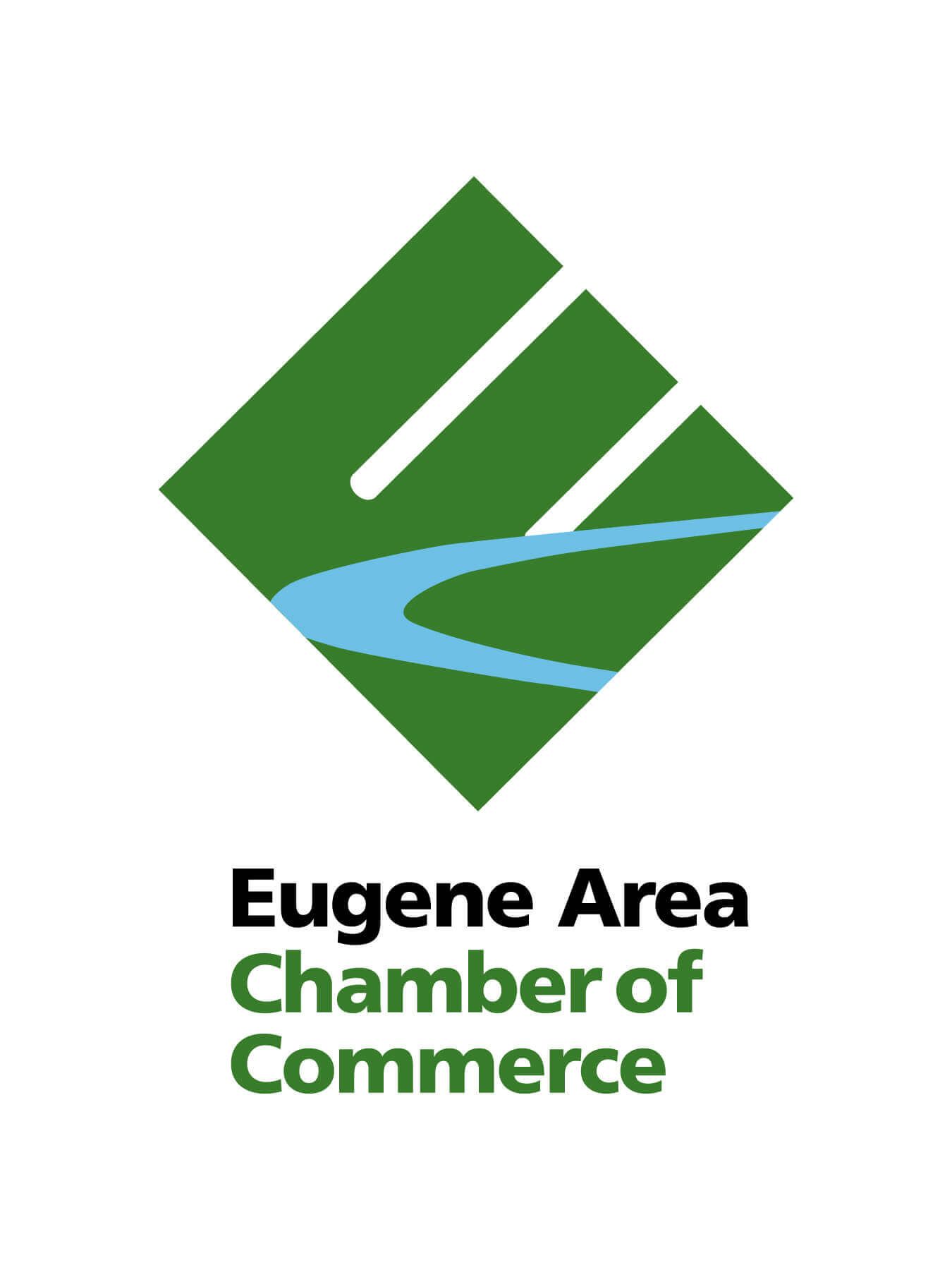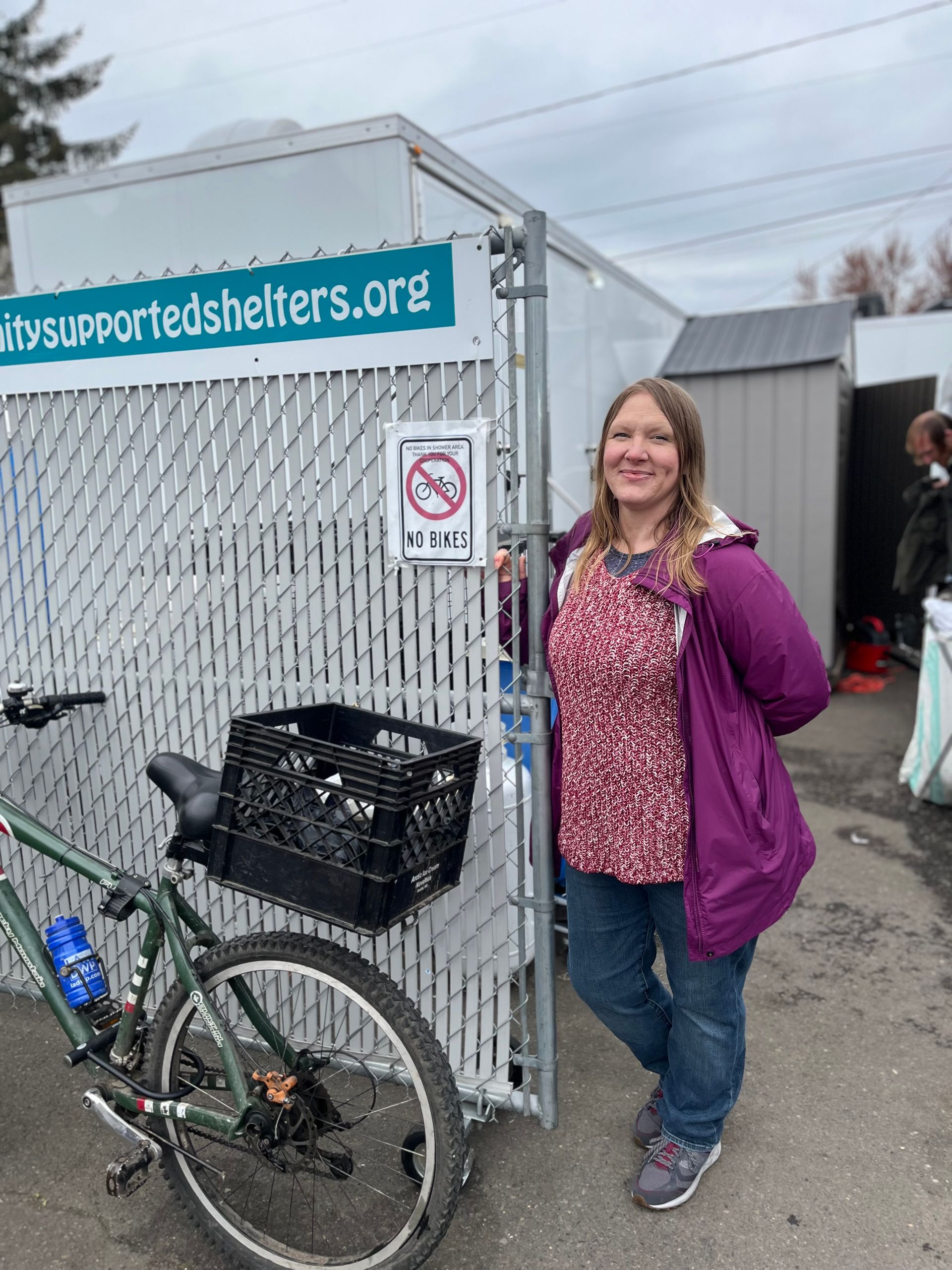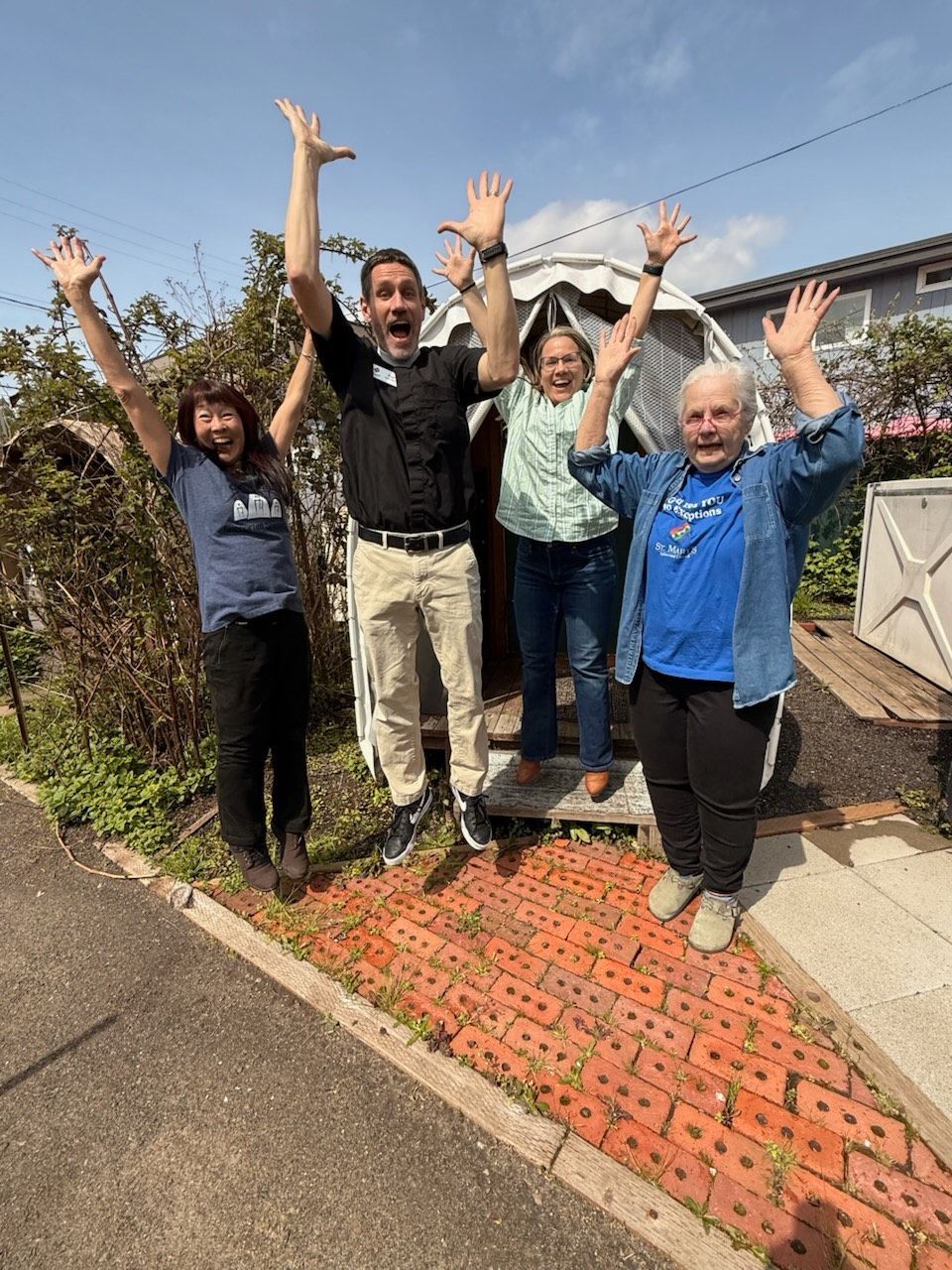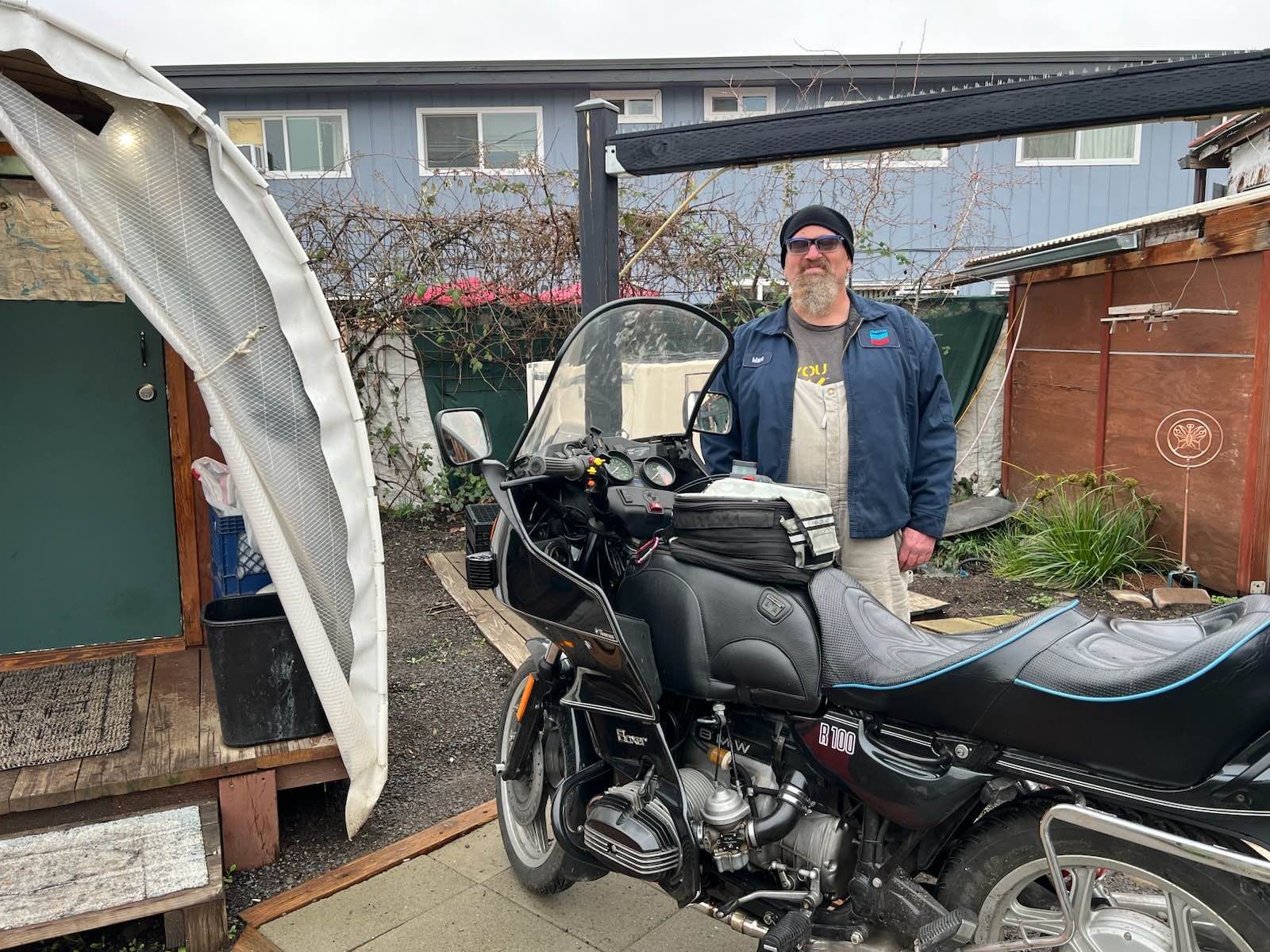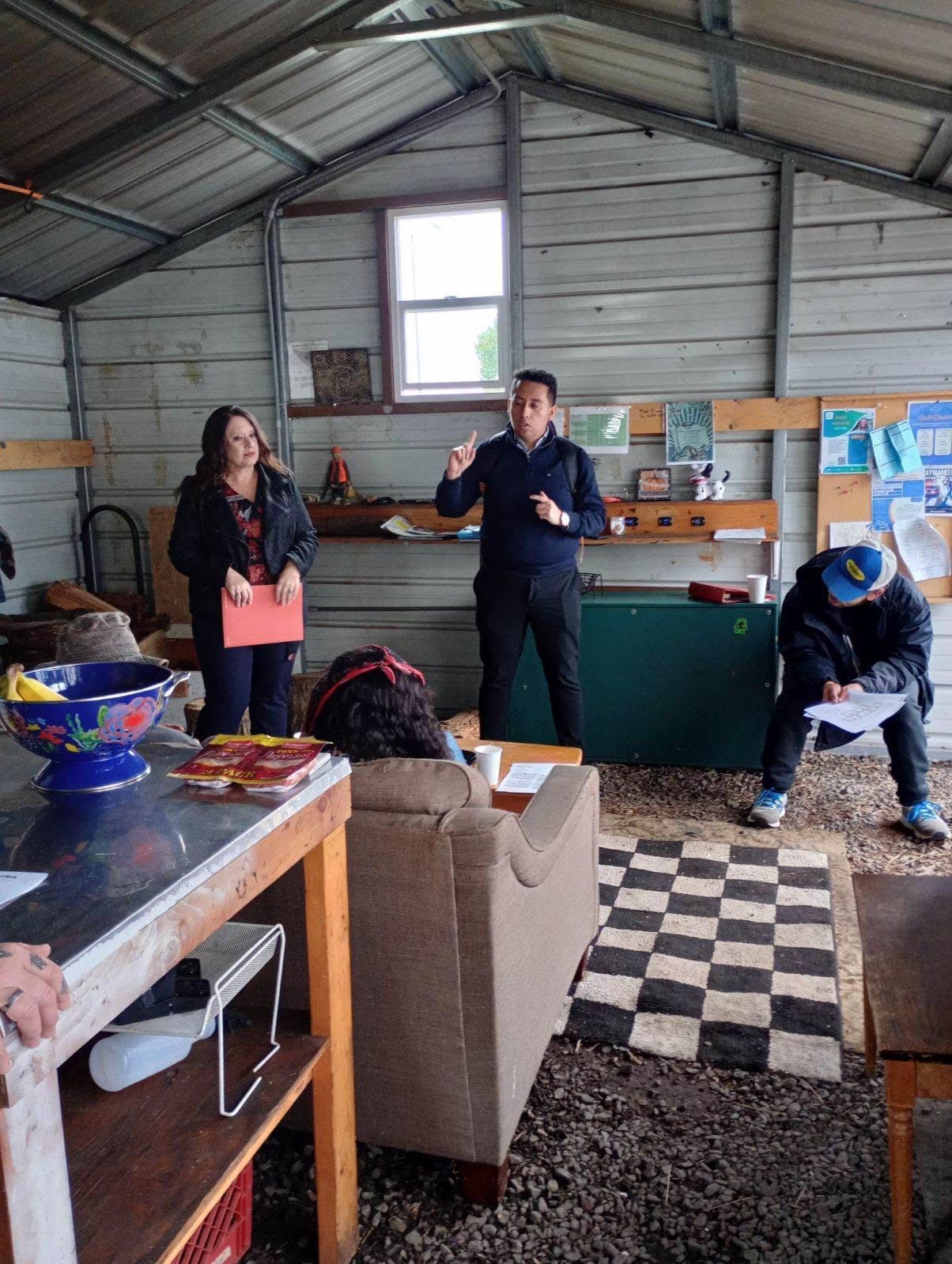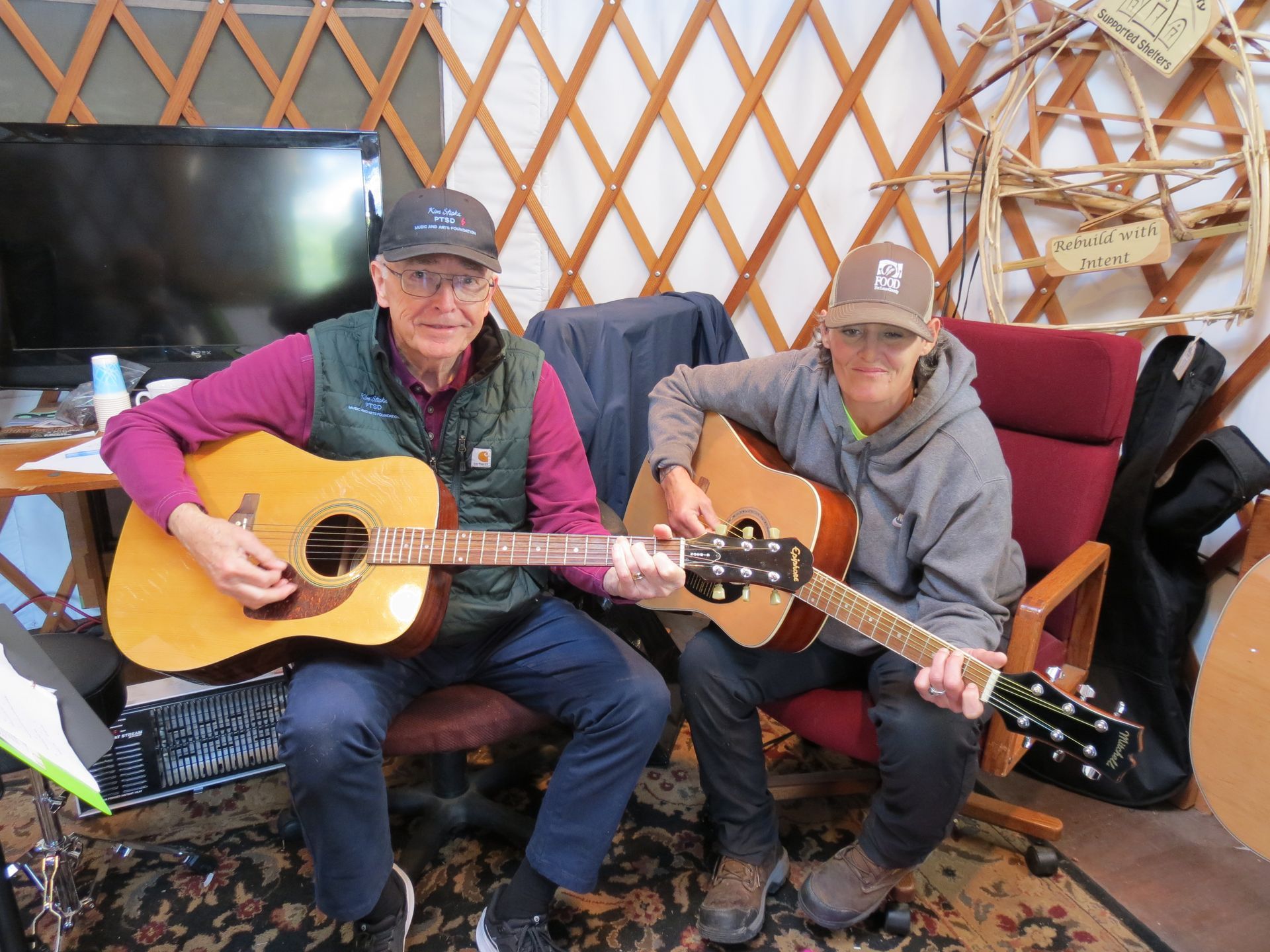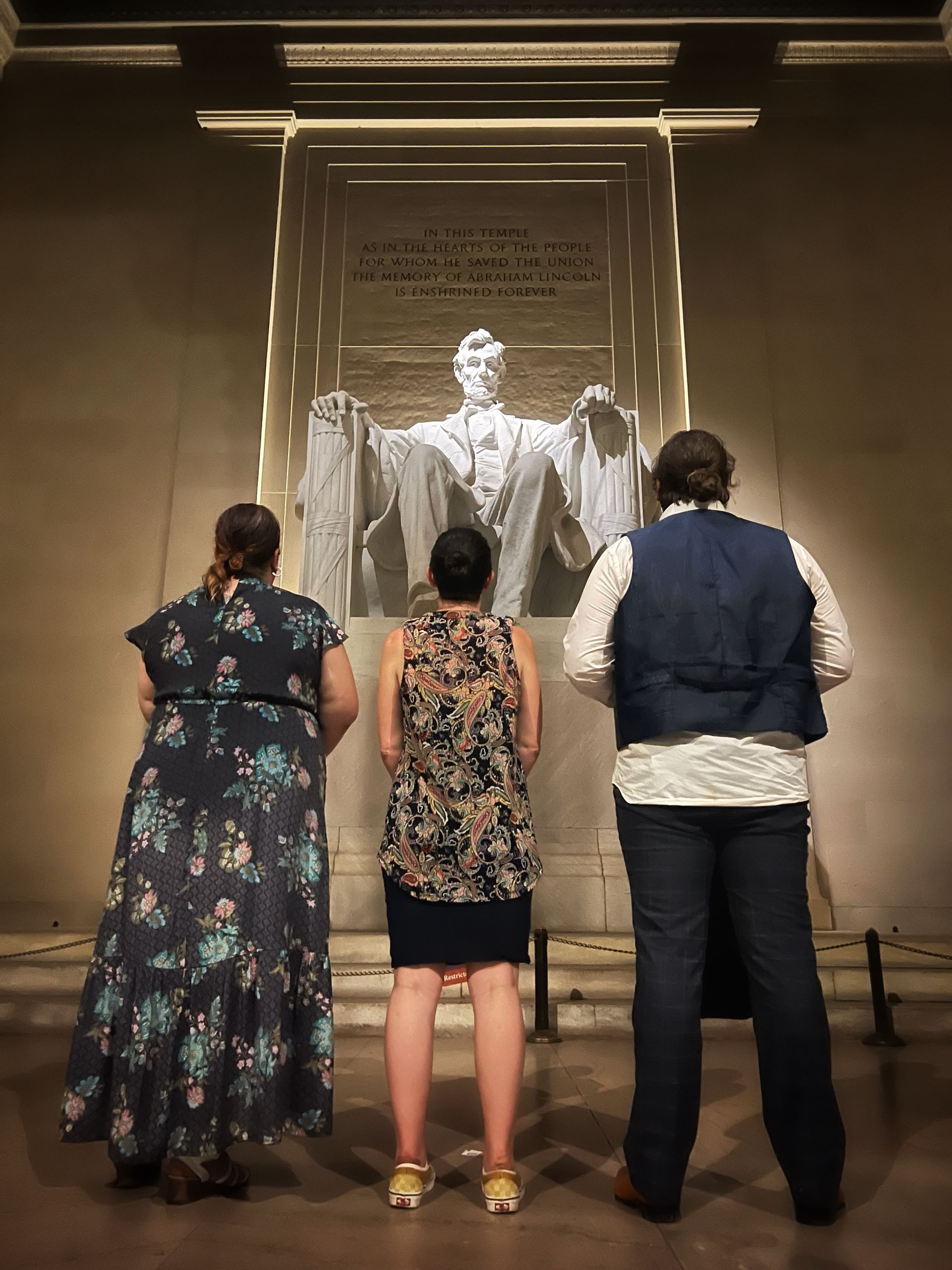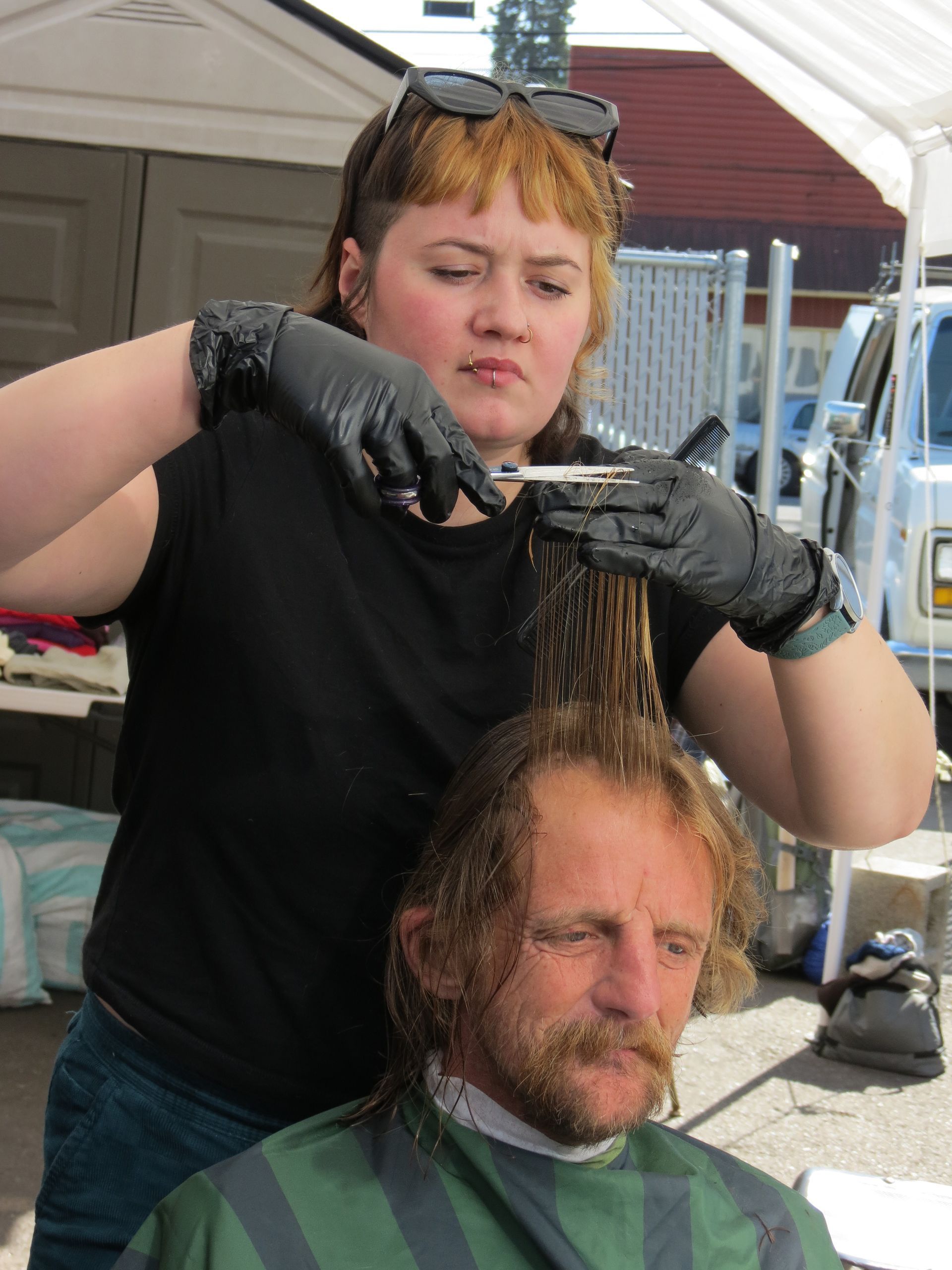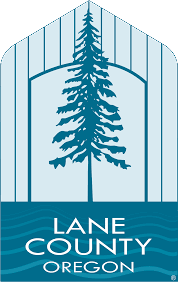In a September 2023 interview, Sabrina, who had been in a CSS Hut for about two years, said, “It's been well over 10 years since I've had a job, because my drug habit has caused me to be homeless.”
It was at that time that Sabrina felt comfortable enough with herself and her community that she started volunteering for CSS. Her initial volunteer role was helping as a supervisor in the newly introduced orientation community. That was followed by stints cleaning showers, working at the CSS office front desk, and helping on the water route, which involves picking up drinkable water and delivering it to the CSS communities.
A little over a year ago, the nature of her volunteering changed. She became the first participant in CSS’s Workforce Development Program, an effort to turn clients’ volunteer work into more structured preparation for getting paid employment.
And, earlier this year, Sabrina, now clean from addiction, was the first to graduate from that program after accumulating 162 volunteer hours. Soon after, she completed a three-month paid internship at Food for Lane County (FFLC) and was hired to a half-time paid position on the CSS Maintenance Crew the following week.
“It was pretty cool,” Sabrina says, “being the first one, and the first one to graduate, that I actually got something done.”
In a September 2023 interview, Sabrina, who had been in a CSS Hut for about two years, said, “It's been well over 10 years since I've had a job, because my drug habit has caused me to be homeless.”
It was at that time that Sabrina felt comfortable enough with herself and her community that she started volunteering for CSS. Her initial volunteer role was helping as a supervisor in the newly introduced orientation community. That was followed by stints cleaning showers, working at the CSS office front desk, and helping on the water route, which involves picking up drinkable water and delivering it to the CSS communities.
A little over a year ago, the nature of her volunteering changed. She became the first participant in CSS’s Workforce Development Program, an effort to turn clients’ volunteer work into more structured preparation for getting paid employment.
And, earlier this year, Sabrina, now clean from addiction, was the first to graduate from that program after accumulating 162 volunteer hours. Soon after, she completed a three-month paid internship at Food for Lane County (FFLC) and was hired to a half-time paid position on the CSS Maintenance Crew the following week.
“It was pretty cool,” Sabrina says, “being the first one, and the first one to graduate, that I actually got something done.”


